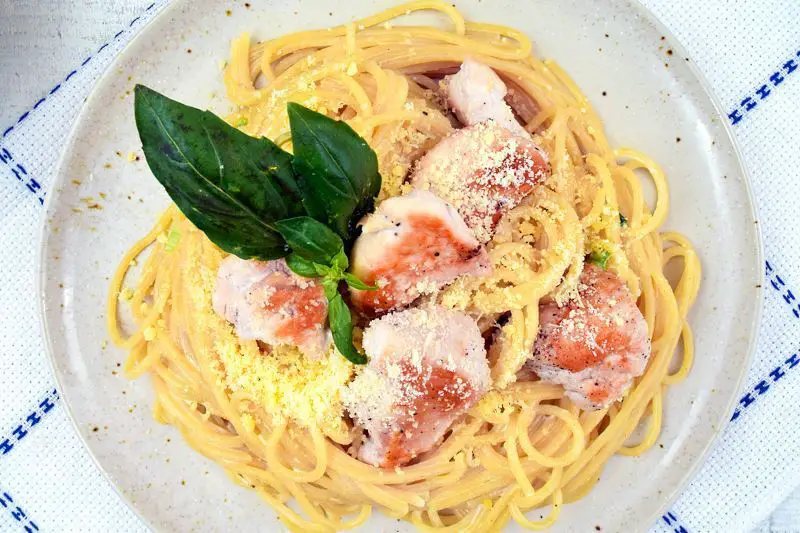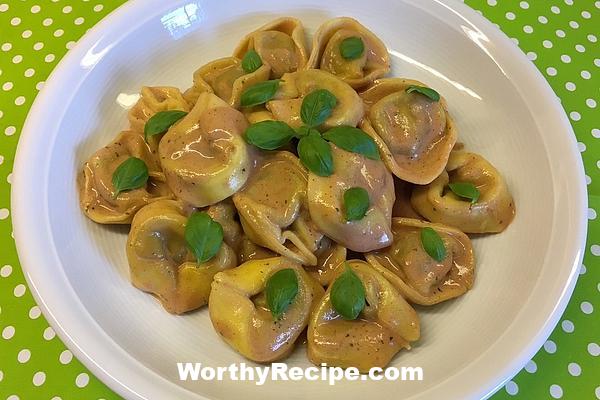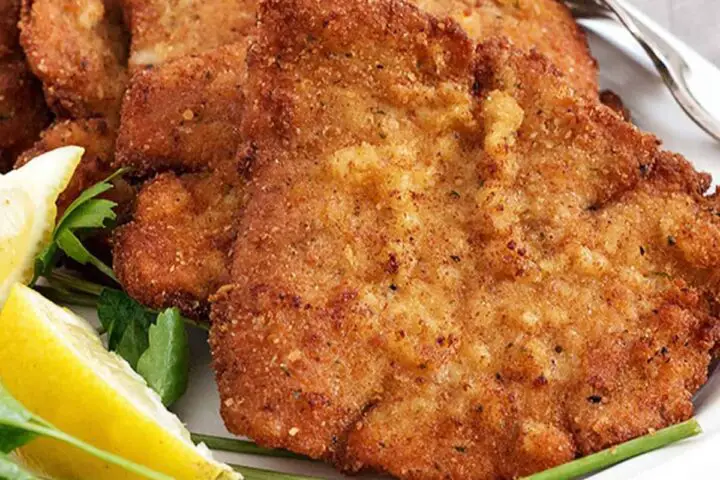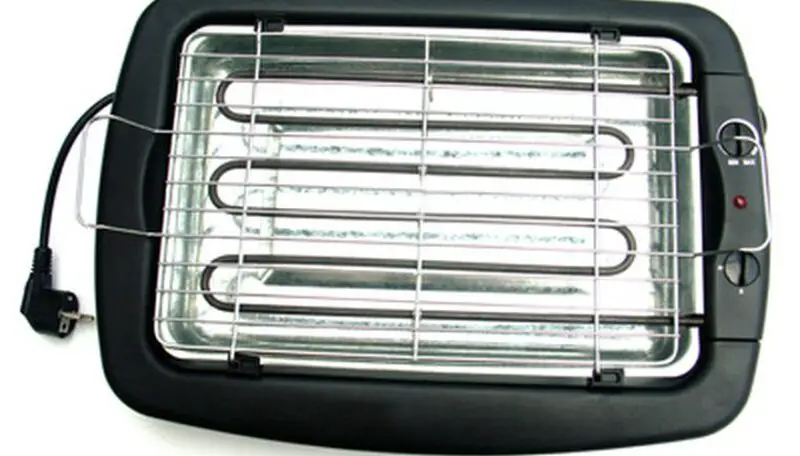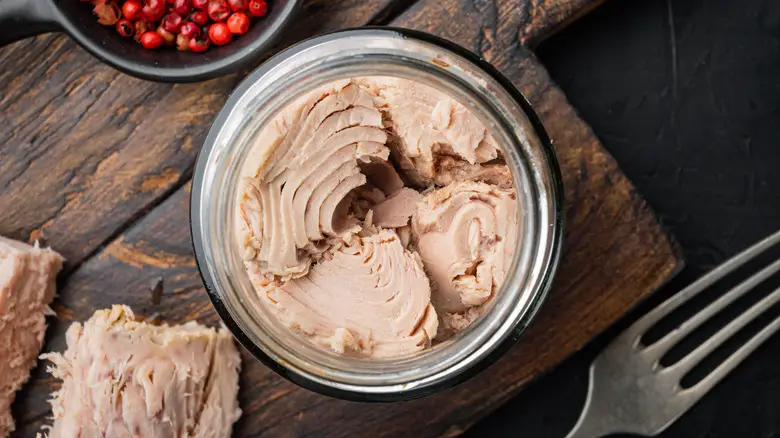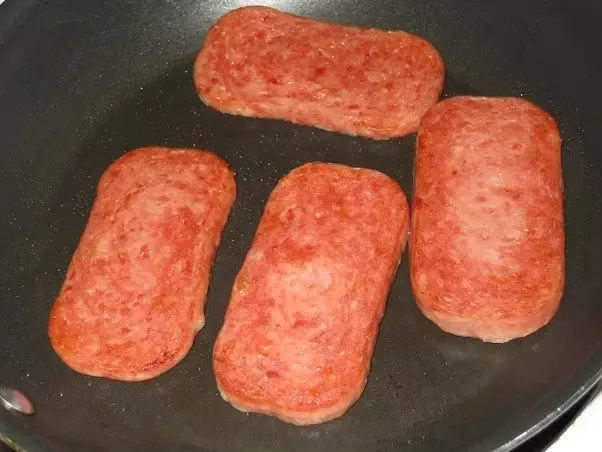Can You Cook Pasta in an Electric Skillet?
When it comes to cooking pasta, most people immediately think of boiling a pot of water on the stove. However, did you know that you can also cook pasta in an electric skillet? This method can be faster, requires less water, and is great for small kitchens without access to a full stovetop. In this article, we’ll discuss the pros and cons of cooking pasta in an electric skillet, how to cook it properly, common mistakes to avoid, recipe ideas, and more.
The Pros and Cons of Cooking Pasta in an Electric Skillet
Pros
- Faster cook time: Cooking pasta in an electric skillet means that the water is heated faster than on a stovetop. This means your pasta can be ready quicker.
- Less water required: Since electric skillets have less surface area than a large pot, cooking pasta in them requires less water. This can save you money on your water bill.
- Can cook a variety of pasta types: Countertop skillets are versatile and provide an even heat source which allows you to cook different shapes and textures of pasta with ease.
Cons
- Risk of overcooking or burning pasta: As with any cooking method, there are concerns about overcooking or burning your pasta. With electric skillets, it’s easy to forget about your noodles while they’re cooking because they’re not bubbling as noticeably as they would in a pot on the stove.
- Limited space for larger quantities of pasta: Electric skillets are generally not as big as pots on the stovetop so if you need to cook large quantities of pasta, you may need to do so in batches which can increase your overall cook time.
How to Cook Pasta in an Electric Skillet
When cooking pasta in an electric skillet, there are a few steps to follow:
Step-by-Step Instructions
- Prepping the pan and water: Preheat your electric skillet to the proper temperature. While that’s heating up, place enough water in your skillet to cover your pasta and sprinkle a pinch of salt and a splash of oil into it. The oil stops the pasta from sticking together and helps to maintain its shape during cooking.
- Adding the pasta: Once the water is boiling, add the pasta carefully and stir gently to ensure that none of it sticks together or clumps up at the bottom.
- Monitoring and stirring the pasta: Unlike with stovetop cooking, you won’t know when exactly your pasta is done. Therefore, keep a close eye on the noodles while they cook by stirring them regularly
- Testing for doneness: Use a fork or spoon to scoop out one piece of the pasta and taste it before serving. If it’s cooked al dente (with some bite left), then it’s ready!
- Draining the pasta: Turn off heat once cooked all through a sieve, colander or strainer rather than tipping into a sink.
Tips and Tricks
- Appropriate temperature settings: The temperature you set your electric skillet’s heat dial is crucial for cooking pasta perfectly. Most modern electric skillets have a “pasta” setting, if available, use that. Otherwise, set the temperature to high until water comes to a boil then reduce it to maintain a gentle simmer.
- Adding salt and oil to the water: To make sure that your pasta is well seasoned and doesn’t stick together in clumps, add a pinch of salt and one teaspoon of oil into the water immediately once added in the pan.
- Recommended types of pasta: Small tube-shaped pastas like penne or rotini works best with electric skillets. Though even linguine or fettuccine noodles can be broken before being put into the skillet, this way they cook evenly.
Common Mistakes to Avoid when Cooking Pasta in an Electric Skillet
Overcooking or Undercooking Pasta
Both undercooking and overcooking are easy mistakes when cooking pasta. With electric skillets, it’s essential to keep stirring from time to time as leaving pasta without movement means it will sink creating uneven cook. Always taste frozen or fresh pasta for doneness to ensure it’s cooked through but still al dente.
Not Enough Water
While electric skillets require less water than a large pot on the stovetop, you should still use enough water to submerge the pasta entirely. This will prevent the noodles from sticking together and curb the possibility of drying out if there is not enough moisture.
Not Stirring the Pasta Enough
Stirring is vital when cooking any kind of pasta in electric skillet since unlike on stove top dishes bubbles aren’t that clear and visible. Without stirring, your pasta can clump, stick to the skillet or worse, burn which affects its taste and texture.
Recipes Featuring Electric Skillet-Cooked Pasta
One-Pot Creamy Mushroom Pasta
Ingredients
- 1 tablespoon extra-virgin olive oil
- 1 pound sliced mushrooms, white or cremini
- 3 cloves garlic, minced
- 2 cups vegetable broth
- 10 ounces pasta such as rigatoni or fusilli (uncooked)
- 1 cup heavy cream
- Kosher salt
- Freshly ground black pepper
- ½ cup grated Parmesan cheese
Instructions:
- Add oil in a preheated electric skillet. Add sliced mushrooms and cook for up to five minutes until you see they are soft and golden brown.
- Add minced garlic and sauté for another two minutes.
- Pour in vegetable broth into the skillet, followed by uncooked pasta. Simmer at low heat for around ten minutes while making sure noodles don’t stick and adding water if it looks like sauce is being absorbed.
- Pour heavy cream into the skillet followed by some salt and freshly ground black pepper, then stir it together. Cook the mixture on high heat up until your dish has reached a simmering hot temperature.
- Add in half a cup of Parmesan cheese to give it a rich flavor, turn off the heat, let it cool a bit before serving.
Lemon Garlic Shrimp Scampi
Ingredients:
- 8 oz thin spaghetti
- 3 tablespoons unsalted butter
- 2 tablespoons extra-virgin olive oil
- 1 pound shrimp, peeled and deveined
- Kosher salt and freshly ground black pepper
- 2 cloves garlic, minced
- ½ cup low-sodium chicken broth
- Juice of half a lemon (more to taste)
- Lemon slices for garnish
Instructions:
- Cook spaghetti in a pot or an electric skillet until it’s al dente. Drain it.
- In another electric skillet, heat butter and oil over medium-high heat. Add the shrimp, salt, and pepper and cook for around two to three minutes per side until pink.
- Add garlic to the skillet and stir it into the shrimp for around a minute more until the garlic is soft but not browned since we want its aroma only.
- Pour in chicken broth and lemon juice into the same skillet with shrimp, letting it simmer for around five more minutes until sauce has thickened slightly.
- Pour pasta into the same skillet and toss everything together up until spaghetti is coated well by being heated with all those delicious flavors.
- Garnish with lemon slices and serve.
Vegan Spicy Peanut Noodles
Ingredients:
- 1 small onion, finely chopped
- 3-5 cloves of garlic, minced
- 1 red bell pepper finely chopped or julienned
- 8 ounces spaghetti or linguine
- 2 tablespoons vegetable oil
- 1/4 cup creamy peanut butter
- 1/4 cup soy sauce
- 1 tablespoon honey or maple syrup
- 2 tablespoon rice vinegar
- A squeeze of fresh lime juice
- A pinch of red pepper flakes (optional)
Instructions:
- Cook pasta in an electric skillet until it’s al dente. Drain it but keep some of the remaining water for later use.
- In the same skillet, heat up vegetable oil then add garlic and onion together, and let it sauté until they’re fragrant and slightly softened.
- Add in the red bell pepper and sauté for another minute while occasionally stirring.
- In a small bowl whisk together peanut butter, soy sauce, honey or maple syrup, rice vinegar, lime juice and hot pepper flakes until they are all combined into a smooth sauce.
- Pour your cooked pasta back into the same skillet with veggies. Pour over the prepared peanut sauce and toss everything together up until noodles and vegetables are coated evenly. Be sure to add some reserved pasta water if your dish seems dry.
- Serve hot and garnish with cilantro or scallions if desired. Enjoy!
Frequently Asked Questions (FAQs)
Can I cook whole grain or gluten-free pasta in an electric skillet?
Yes! You can cook any type of pasta you’d like in an electric skillet as long as you use enough water to ensure it’s completely submerged.
Can I add sauce directly to my electric skillet while cooking the pasta?
While most pasta dishes involve cooking the noodles first, then adding sauce, yes —if the recipe calls for it, you can introduce a sauce into the skillet if it will mix well with the pasta.
What is the best type of electric skillet to use for cooking pasta?
An electric skillet with temperature control function and high sides is ideal for cooking pasta. However, any type of electric skillet will do as long as it’s big enough to accommodate the amount of pasta being cooked.
Conclusion
Cooking pasta in an electric skillet can be a convenient way to enjoy this classic dish quickly and with less water. While there are some risks involved with this method, following the steps outlined in this article will help mitigate them and ensure delicious results. Additionally, we’ve provided some recipe ideas to inspire your culinary creativity and get you started on whipping up delicious one-pot meals.
Sources Cited
- https://www.cookinglight.com/recipes/instant-pot-creamy-mushroom-pasta
- https://www.delish.com/uk/cooking/recipes/a30747629/electric-skillet-shrimp-scampi-recipe/
- https://www.halfbakedharvest.com/easy-spicy-peanut-noodles/
Can I cook pasta in an electric skillet?
Yes! An electric skillet is a versatile kitchen tool that can be used to cook a variety of foods, including pasta.
Do I need to preheat the electric skillet before cooking pasta?
Yes, it’s recommended to preheat the electric skillet before cooking pasta. This will ensure that the water comes to a boil quickly, resulting in more evenly cooked pasta.
How much water should I use when cooking pasta in an electric skillet?
A general rule of thumb is to use one quart of water for every 4-6 ounces of pasta. However, it’s important to check the manufacturer’s instructions for your specific electric skillet as some skillets may require more or less water.
Can I add sauce to the pasta while it’s cooking in the electric skillet?
It’s not recommended to add sauce to the pasta while it’s cooking in the electric skillet. Instead, cook the pasta separately and then toss it with sauce once it’s cooked and drained. Alternatively, you can cook the sauce separately in the electric skillet and then add the cooked pasta to it.
